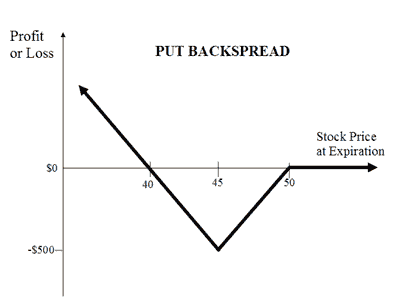Spread Strategy Option Spread Trading
Post on: 15 Июнь, 2015 No Comment

The buying and selling of the same type of option contract creates a spread trading strategy. A call spread is buying and selling calls and a put strategy is going long and short on two contracts.
Debit Call
Spreads that are created when the premiums bought and sold results in a loss for the options trader is a debit spread. This would mean the investor needs the contracts to perform well to make the debit up. Debit spreads can be bullish or bearish.
Strategy Example
Buy 1 SWE Nov 40 Call for $300
Short 1 SWE Nov 50 Call for $100
These call options that were bought and sold resulted in a debit for this trader. The debit is $200. The options investor is looking for these contracts to become more valuable so they can be traded or exercised. The spread profit potential is in between the strike prices. When creating call debit strategies, the investor is bullish on the market. The market rising on this stock is what is needed for this trading position to be profitable going forward. The maximum loss is the $200 debit — should the contracts expire.
Trade Currencies, Options, Gold, Energy, Options and more on the FOREX — Coaching and trader help! 24/7
Debit Put
Trading Example
Buy 1 FGT Apr 70 Put for $600
Short 1 FGT Apr 65 Put for $500
Put debit spread trading occurs when the option premiums result in a loss for the person. When there is a premium loss with puts, the investor is then bearish on the market. Only a bear market will allow the puts to gain in value and thus result is a profitable strategy for the spread investor.
Credit Call
A credit call spread is created when a person buys and sells call contracts and a net premium gain was achieved. This strategy would make the trader want the options to expire. The credit would be the maximum gain. Since the aim is for the options to expire, a trader would be bearish on the market if he is working call options.
Credit Put
If the strategy is to earn premium income and be bullish on the market, then establishing a credit put spread makes sense. The premium credit is the income and if the market rises, the options would expire. This is the most attractive result for this trader.
Vertical Spread
A vertical or price spread is when the strike prices are different, but the expiration months are the same. The above examples would be considered vertical spreads.
Horizontal — Calendar Spread
A horizontal spread is when the strike prices are the same, but the expiration months are different. The trader can make money on this type of spread because even thought the strike prices are the same, the option with the longer expiration month will have a higher premium, so there is still a spread.
Diagonal spread
When a spread has months and strike prices that are different, it is defined as a diagonal spread. The options are vertical and horizontal at the same time.














